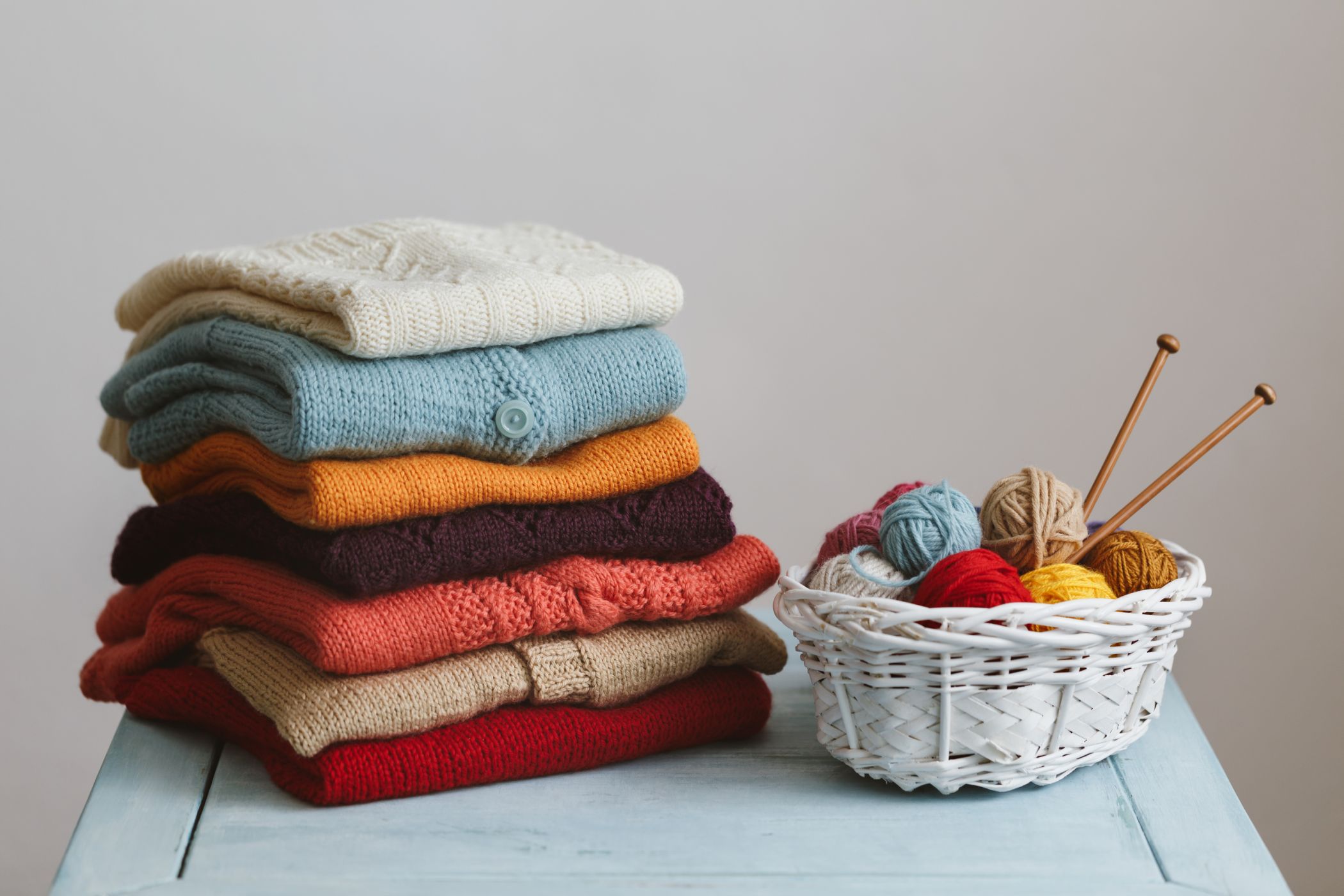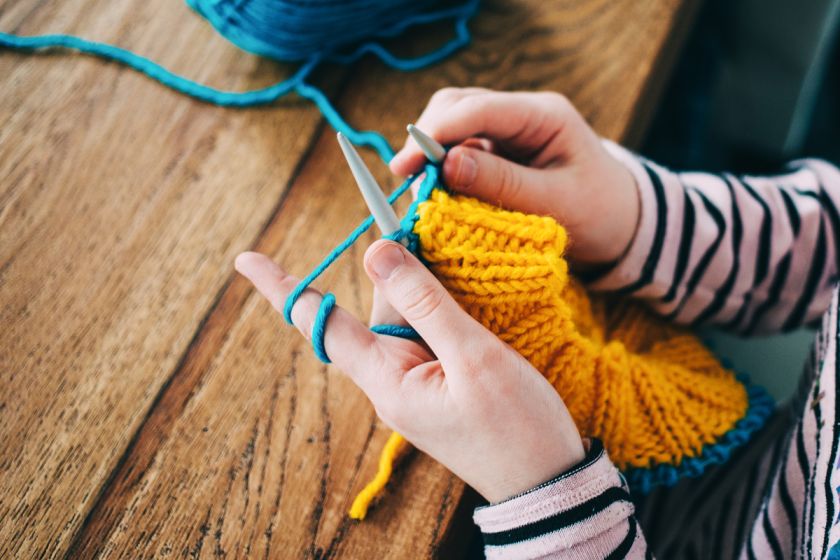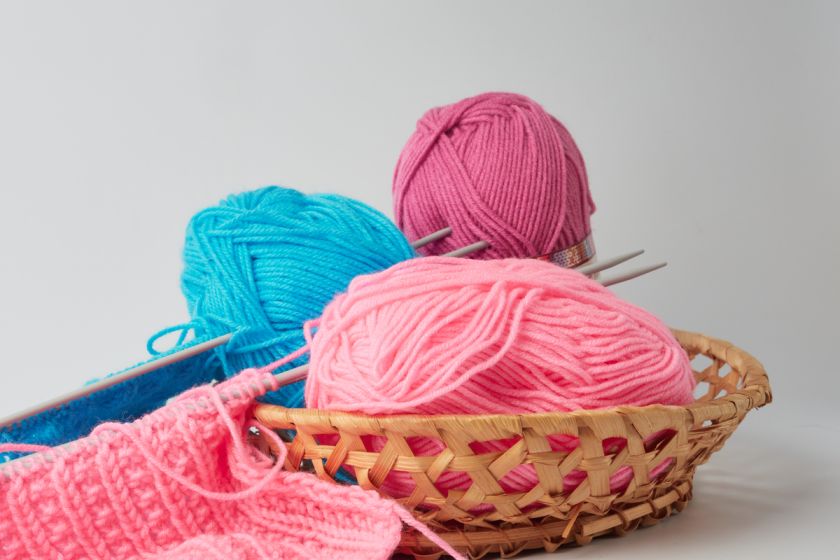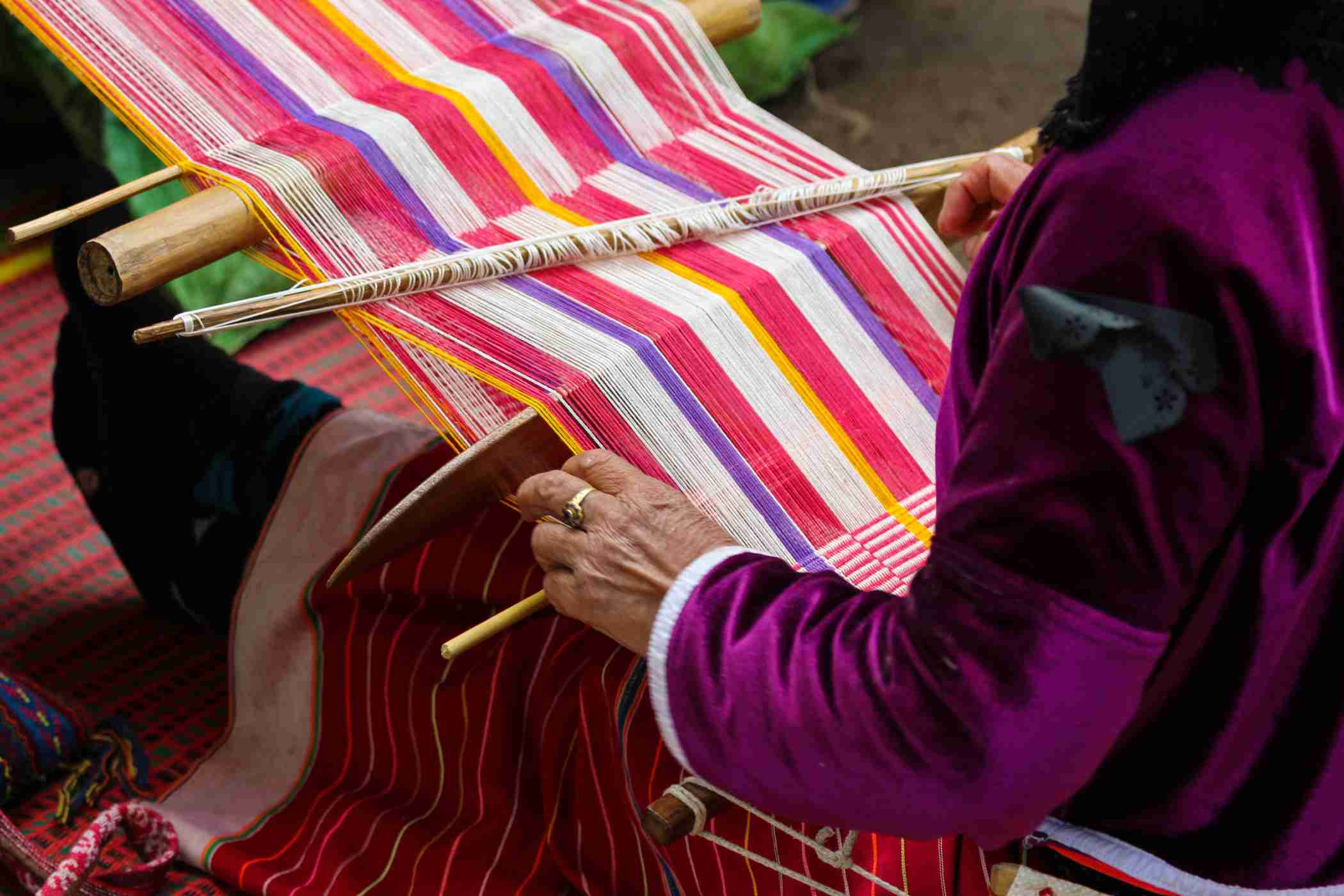6 Ways of Knitting Garments Highly in Demand



Knitting is one of the basic methods of fabric construction and an extremely popular method. Designers prefer knitting garments for several reasons. The flexibility of the fabric and the ease of making smaller garments are just two of those. Knitted garments have many applications. From T-shirts, pajamas, winter wear and lingerie to bedsheets – the areas where knitted garments can be used are numerous.
Basics of Knitting
The distinctions to be kept in mind by designers when it comes to knitting garments stems from the basic construction of the fabric. Here is a brief introduction to what knitting garments incur and how one can distinguish between different types of knitted garments.
Knitting essentially is the inter-looping of one or more yarns to produce the fabric. The way this inter-looping happens is what differentiates the different types of knitting garments. The looping is done in one direction only. So, it can either be horizontal (across the breadth) or vertical (across the length). Based on this classification, there are two methods of knitting garments.
Warp Knitting
This is the more common form of knitting that is easily recognizable. When you see someone knitting a sweater with a ball of wool, they are using the warp knitting method. In this form, the breadthwise inter-looping is done, generally with a single yarn. While the method provides the benefit of stretchability associated with knitting garments, it has its own set of limitations.
As only one yarn is being used, the warp-knitted garment is prone to runs. A single cut can unravel the whole fabric. Also, if one loop gets missed during the knitting process, it will cascade down right up to the end. Warp knitting is one of the techniques of hand knitting garments by using knitting needles.
Weft Knitting
This is the other mechanism of knitting garments. In this case, the inter-looping occurs in a vertical manner (along the length of the garment). Generally, three or more yarns are used to carry out weft knitting, making it difficult to be managed by hand. Thus, knitting garments using this method implies using machines for the same. The advantage, in this case, is these garments are not as prone to runs, making them sturdier than their warp knitted counterparts.
Ways of Knitting Garments

Knitted garments are preferred over woven garments due to their elasticity. When knitting garments in a specific manner, they can stretch up to 500% of their original size. Some of the knitted garments are better at retaining the shape, while others stretch a lot, allowing flexibility of movement. Here we take a look at 6 ways of knitting garments that are highly in demand by designers and manufacturers alike.
- Jersey Knit – One of the most popular ways of knitting garments, this method gets its name from the city where it was first produced. The important properties of this fabric are that
- It is a single knit fabric
- It is extremely stretchy and incredibly soft
- It is easy to wash and store making it very low on maintenance
- It does not wrinkle, thereby increasing its appeal in sportswear
The jersey knit fabric is used commonly in T-shirts but has more recently even started to be used in making bedsheets. The fabric, however, has a tendency to shrink and thus needs to be washed carefully – either in cold water or by hand. All its desirable qualities make it a preferred manner for knitting garments.
- Double Knit – As the name suggests, this method of knitting garments involves two sets of yarns, instead of one. The ribs in the pattern run on both sides, making it easy to use both ways. The double set of yarns has an effect on its stretchability. The fabric is not very stretchable and is great at retaining the form, once cut and made into a garment. This property also ensures that the garment neither wrinkles nor rolls up on stretching. Due to this method of knitting garments, the shape retention and the higher weight make it an ideal candidate for making coats and blazers.
- Rib Knit – This is one of the most popular types of knitted garments and is always in high demand. The rib-knit type has vertical textures and is achieved with the help of two needles. This method of knitting garments includes a number of knit stitches in combination with some purl stitches. The types of rib knit include
- Small – 1 knit stitch and 1 purl knit
- Thick – 2 knit stitches with 2 purl knits or 3 knit stitches with 3 purl knits
- Uneven – 3 knit stitches with 1 purl knit or any other such combination
Due to the knit stitches, the rib knitted garments do not stretch in the vertical direction. However, they possess a lot of cross stretching capability, thanks to the purl knits. This makes them useful in trimmings. The one thing that can be said about rib-knit fabric, though, is that it is a lot stiffer when compared to other knitted fabrics. The ability to resist curls after being stretched makes it ideal for outerwear like T-shirts and Sweaters.
- Interlock – One of the most popular and commonly used knitted garments is a compound fabric. The method of knitting garments interlocks two ribbed fabrics instead of having only one. Each rib knit, in turn, is made of a single yarn. The complexity of this method of knitting garments ensures there is no lengthwise stretch yet a lot of cross stretch. The cross stretch for an interlock is higher than that for both Jersey and double knits. This makes it perfect for making sweaters, T-shirts and even dresses.
- Purl Knit – This is another in-demand knitted fabric due to its smooth appearance. This one has more stretch in the lengthwise direction as opposed to the cross stretch. To get a purl stitch, the method of knitting garments calls for knitting a stitch and a purl alternately. The symmetry and evenness of the outcome make it a reversible fabric. A big advantage of purl knits is that they do not curl. Hence, they can be used in making sweaters and other stylish dresses.
- Tricot – An extremely soft garment, typically used to make swimwear, Tricot is a very thin fabric. The zigzag knitting makes for a textured appearance on one side and smooth on the other. This method of knitting garments employs a flatbed knitting machine and can even have complex patterns if needed. Due to the strong interlinking of the yarns, these fabrics do not run easily. They are also wrinkle-free and do not curl up easily, making them a great choice for activewear.
Some of the other notable ways of knitting garments that designers generally use are Milanese Knit, Raschel Knit, Lace Knit and Mesh Knit. All of these fabrics are segregated based on the method employed for knitting garments. However, using a combination of these methods or different materials for the yarn, further differentiation can be made. Thus, knitting garments offer a wide variety of choices for designers.

Conclusion
Whatever it is you are looking for, you can easily find it on Fashinza, an end-to-end, online platform for the fashion industry; it offers something for everyone. You can find the designers for your materials if you are a supplier. If you are a designer, you can find manufacturers and suppliers for your business. Ultimately, it is about the community that helps you not just to build but grow your fashion business.


Scope Of Indian Handicrafts: A Look At The Post-Pandemic Future For Indian Handicrafts
5 min read
1.0k views

Which Countries Have The Best Clothing Manufacturers? (Industry Research)
5 min read
9.8k views

Pros and Cons Of Manufacturing in India, Bangladesh, China, and Vietnam: A Comparative Study
5 min read
4.0k views















